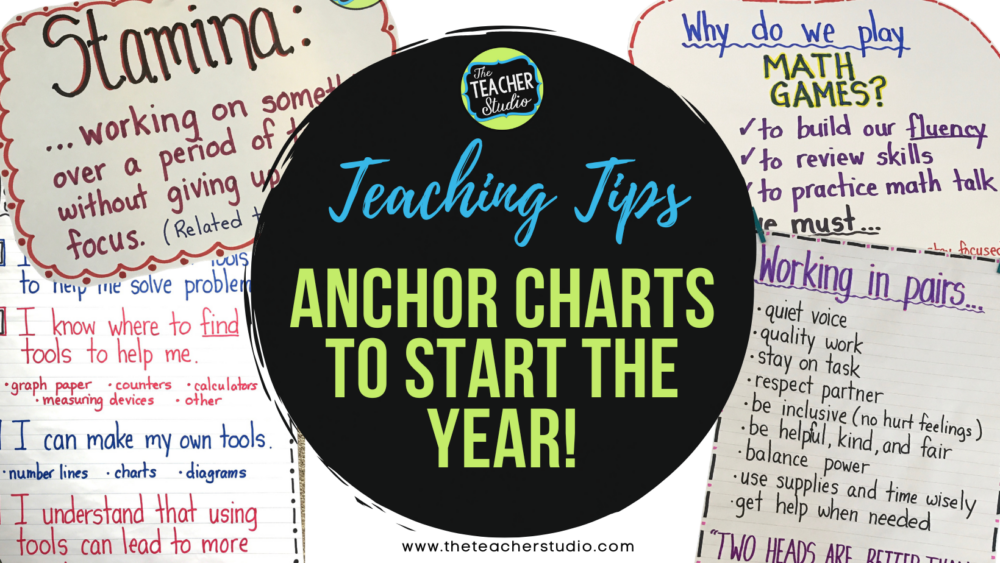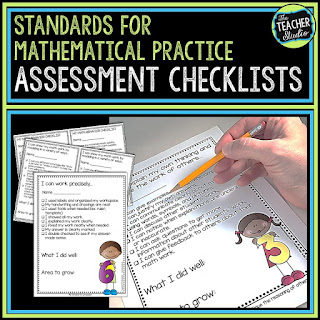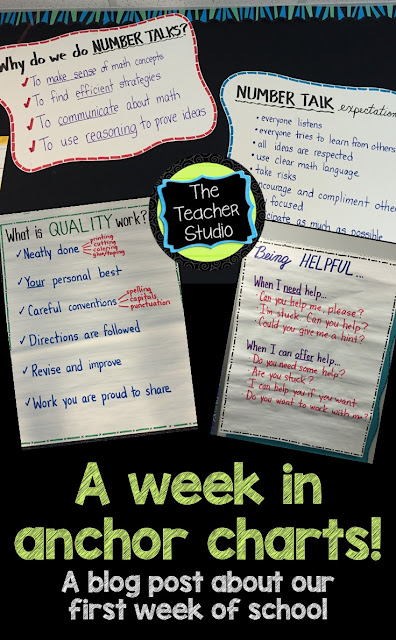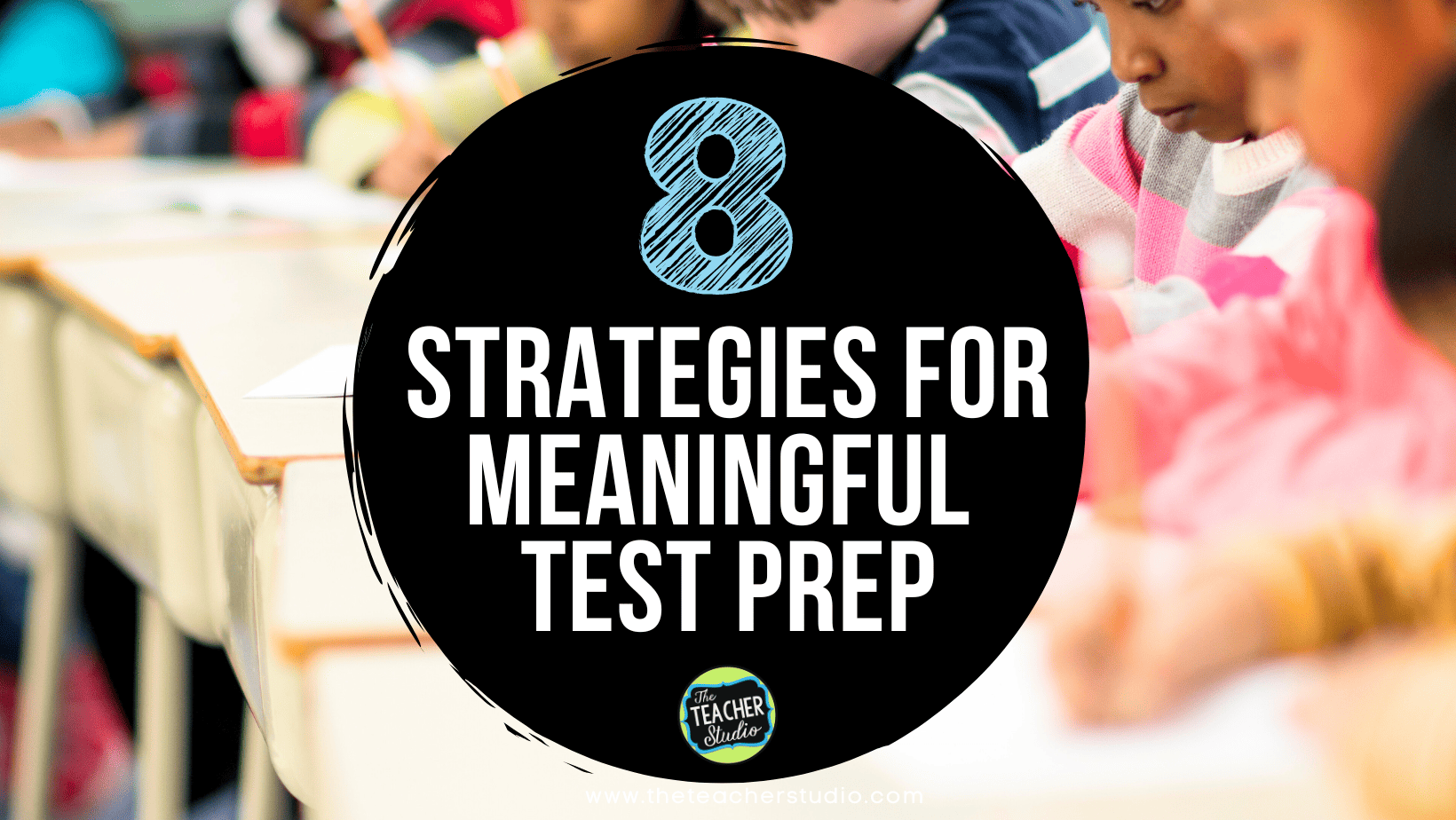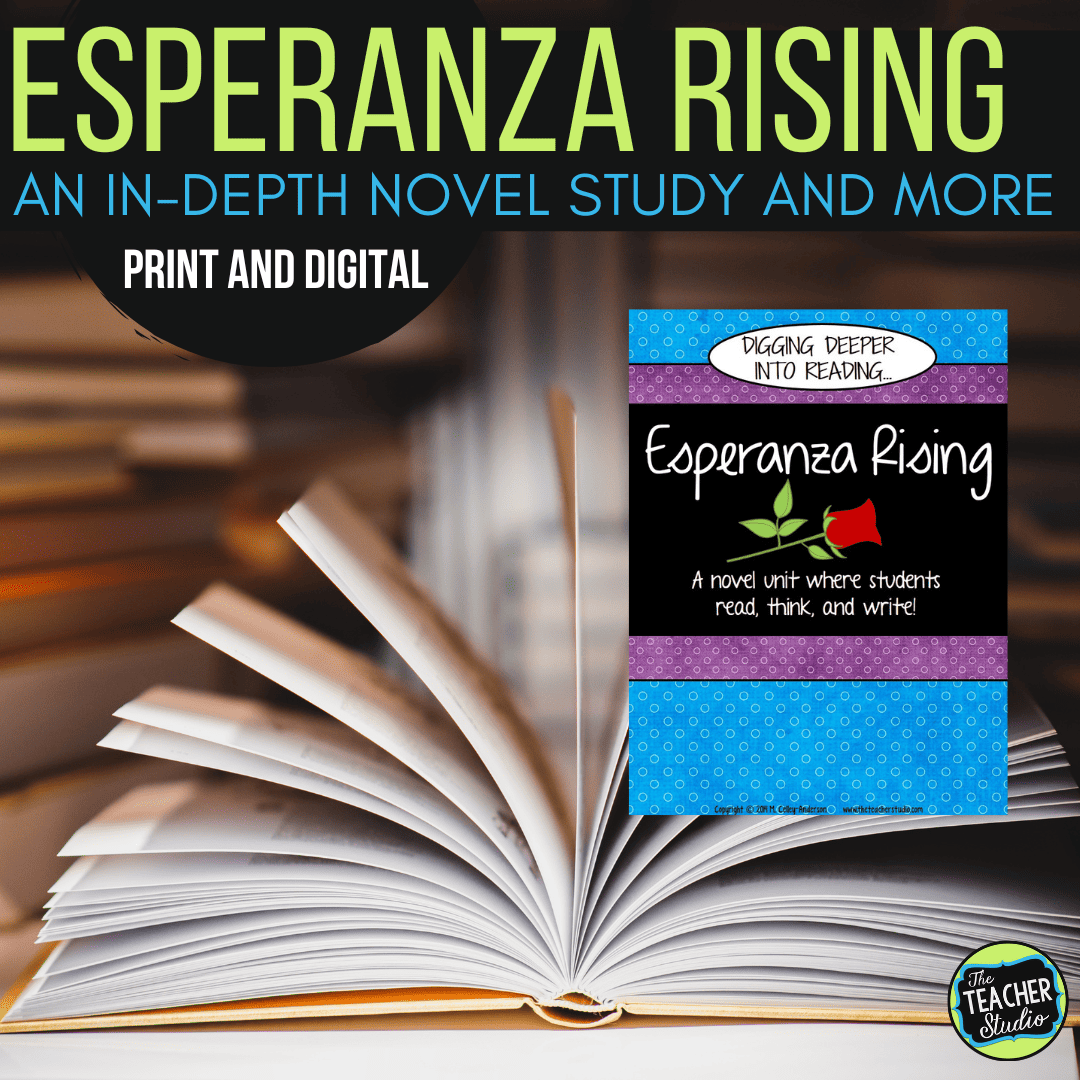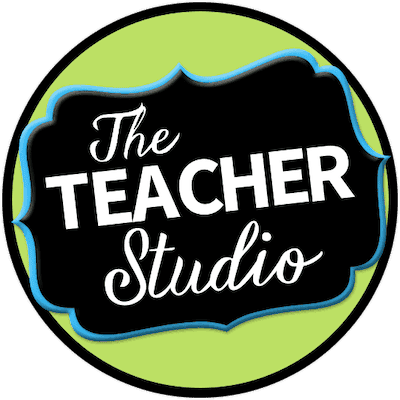Whew! I’ve been so swamped with back to school and life in general! I feel like my poor little blog is so neglected! For fun, I thought I’d do a quick sharing session of my first week of school–in anchor charts! Back to school anchor charts are posted all over my room right now. These are in no particular order…and, of course, this is just a teeny piece of our week. Also, please remember that these are my “final copies”…the real work happened on the white board WITH students. I then reorganize and rewrite the information so it’s easy to access and read. These are the students’ ideas with guidance from me.
Back to School Anchor Charts: Let’s Get Started!
As we kicked off writer’s workshop, we brainstormed a list of what we thought would make our writing times productive. I can’t lie–the “take risks” one was mine! #growthmindset This back to school anchor chart is one I refer to ALL year long!
Helping Students Learn to Be a Part of a Team
One thing we are really working on is a part of what Fisher and Frey refer to as the “helping curriculum’. With this, we explicitly teach how to offer help, politely decline help, accept help, and ask for help. We practiced by doing challenging word puzzles, jigsaws, and projects.
Back to School Anchor Charts: Getting Ready For Reading
After getting a tour of our classroom library, we started working on a list of what makes a book “just right” and what makes a book “challenging”. We talked about how personal this is for a reader–and how good readers really understand their own reading habits, needs, and strengths. We compared getting into the reading “zone” to getting in the “video game zone”–where they can’t even hear people calling their name. If you have that feeling with a book–you know you picked a “just right” book for you! I had many students who said they have never felt that while reading…so my goal is to change that for them this year!
This is one of MANY reading anchor charts we make to kick off our year of reading. If you want more help with THIS, check out
THIS BLOG POST.
This is a big deal for me. Before we started a single project, I set the stage for work quality–something we will talk about ALL year. I really want my students to take pride in their work and internalize that feeling of pride. Stay tuned as we start passing around our new stuffed peacock to show work that proves we can be “proud as a peacock”!
Group Work Anchor Chart
Because we work so much in pairs and groups, I felt it was important to talk about the types of actions that can both help and hurt a group. We talked about previous experiences working in groups and how we can set the stage for a PRODUCTIVE year of group work.
Finally, to start building some math routines, I introduced “Number Talks” to my class. Very few had done this in third grade so we worked hard to understand WHY we do number talks as well as HOW we do number talks. Watch for more posts on this as the year unfolds! I cannot recommend this 10 minute math strategy enough to develop mental math fluency and mathematical discourse.
So…there you have a little taste of what we did our first week–through the anchor charts we made as we went!
(REMINDER: Some of these are pictures of the anchor charts we made together and others are the “rewritten” ones for display. I really believe that the process of MAKING the content with the students is important. This is true even if you have to add in your ideas like I did on the writing expectations one. Rewrite it for clarity or neatness if needed, but make sure the students recognize that the content on the chart is the content you worked on together. Just my 2 cents!)
Teaching the Standards for Mathematical Practice
Another thing I do to help students understand classroom expectations is to explicitly teach the mathematical standards, one by one in “kid-friendly” terms. I use these checklists to teach and model the standards, and then as the year unfolds, I use them to help assess and for students to self-assess. We break each down into mini anchor charts and checklists. If you want help teaching these math practice standards, this might be just what you need! See what you think! Just click HERE or the image below.
I’ve also had people ask where they can get the official “Number Talks” book by Sherry Parrish. Check below for my Amazon Affiliate link if you are interested. It’s worth every penny.
Rather pin this for later? Here you go!


